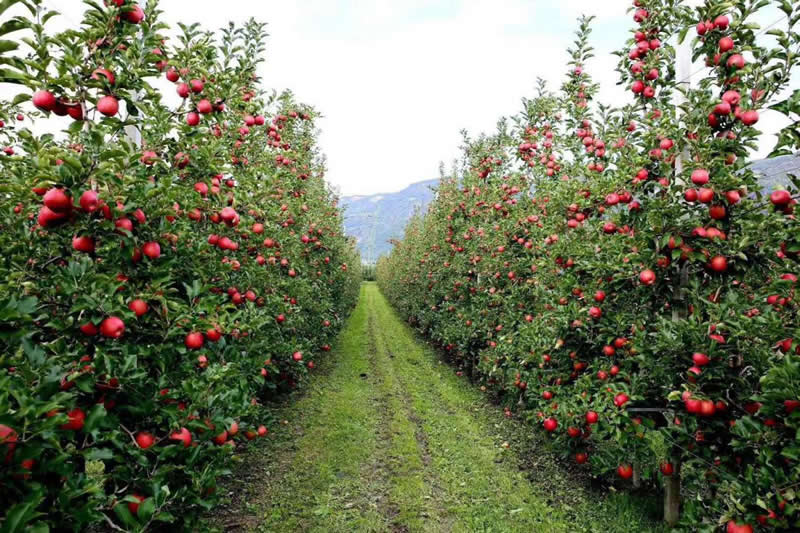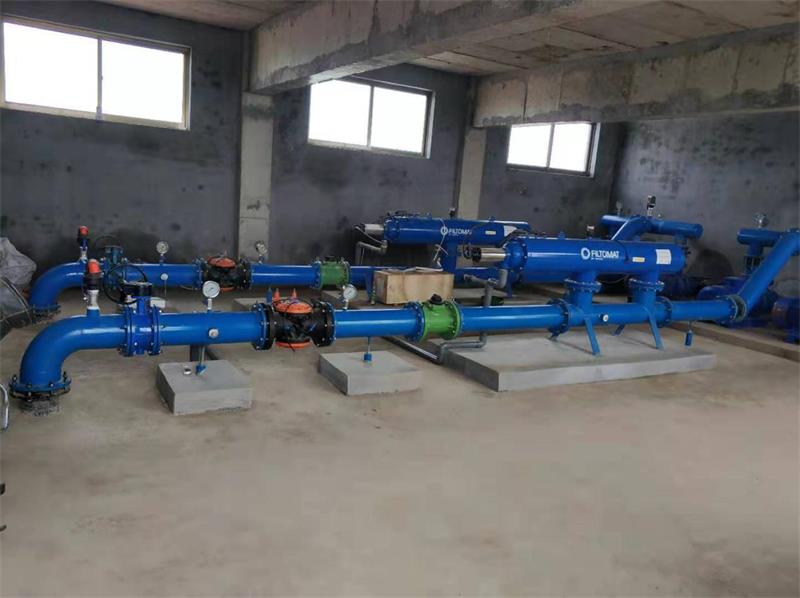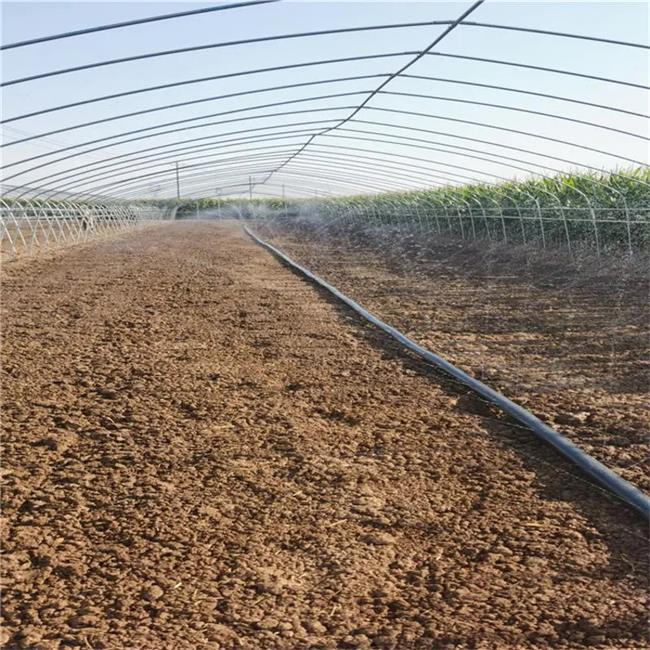Drip irrigation, along with other methods like sprinkler irrigation, offers several advantages for orchard management. Here’s a comparison and detailed look at the benefits of drip irrigation:
Sprinkler Irrigation:
Sprinkler irrigation is suitable for uneven terrains such as hillsides and orchards with irregular layouts. This method can be implemented using fixed or movable systems, with sprinkler heads positioned above the tree canopy, within the canopy, or around the tree trunks. The advantages of sprinkler irrigation include:
- Water and Labor Efficiency: Sprinkler systems save both water and labor.
- Versatility: Besides irrigation, sprinklers can be used for pesticide application, fertilization, and hormone spraying.
- Climate Control: Sprinklers can help protect against frost in spring and reduce high temperatures in summer, potentially increasing fruit yields by 5-10%.
However, sprinkler systems require specialized equipment, significant investment, and the installations are permanent, which can make maintenance challenging. As a result, their use has been declining in recent years.
Drip Irrigation:
Drip irrigation is a modern, water-efficient method increasingly being adopted for orchard irrigation. Here are some of the key advantages:
- Localized Water Supply: Drip irrigation delivers water directly to the root zone of the trees, allowing for continuous and precise irrigation. This method helps maintain a stable soil moisture environment, which is crucial for optimal root growth and tree health.
- Water Conservation: Drip irrigation systems use water more efficiently than sprinkler systems, significantly reducing water wastage through evaporation and runoff. This can be particularly beneficial in arid regions or areas with limited water supply.
- Soil Preservation: By maintaining a consistent moisture level, drip irrigation helps preserve soil structure and reduces the risk of soil compaction and erosion.
- Prevention of Secondary Salinization: Drip irrigation minimizes the movement of salts in the soil, thus preventing the secondary salinization of the soil, which can be detrimental to plant health.
- Increased Yields: Orchards using drip irrigation have reported yield increases of 20-30%, thanks to the consistent and optimal moisture conditions provided by the system.
- Adaptability to Different Conditions: The frequency and amount of water delivered through drip irrigation can be easily adjusted based on soil moisture levels and the water needs of the fruit trees. During spring droughts, for example, daily irrigation may be necessary, while typically, irrigation is required every 2-3 days.
- Efficient Use of Inputs: Drip irrigation can also be used for precise application of fertilizers and other nutrients, further optimizing resource use and supporting sustainable agricultural practices.
A typical drip irrigation system includes components such as water pumps, filters, pressure regulators, flow controllers, water distribution pipes, and drippers. The first irrigation cycle should saturate the soil, and subsequent watering should maintain soil moisture at around 70% of the field capacity, ensuring the trees receive adequate water without over-irrigation.
In summary, drip irrigation offers a highly efficient and effective solution for orchard irrigation, particularly in water-scarce regions. Its ability to deliver water and nutrients directly to the root zone while preserving soil health makes it an ideal choice for modern orchards aiming for sustainable and productive farming practices.




